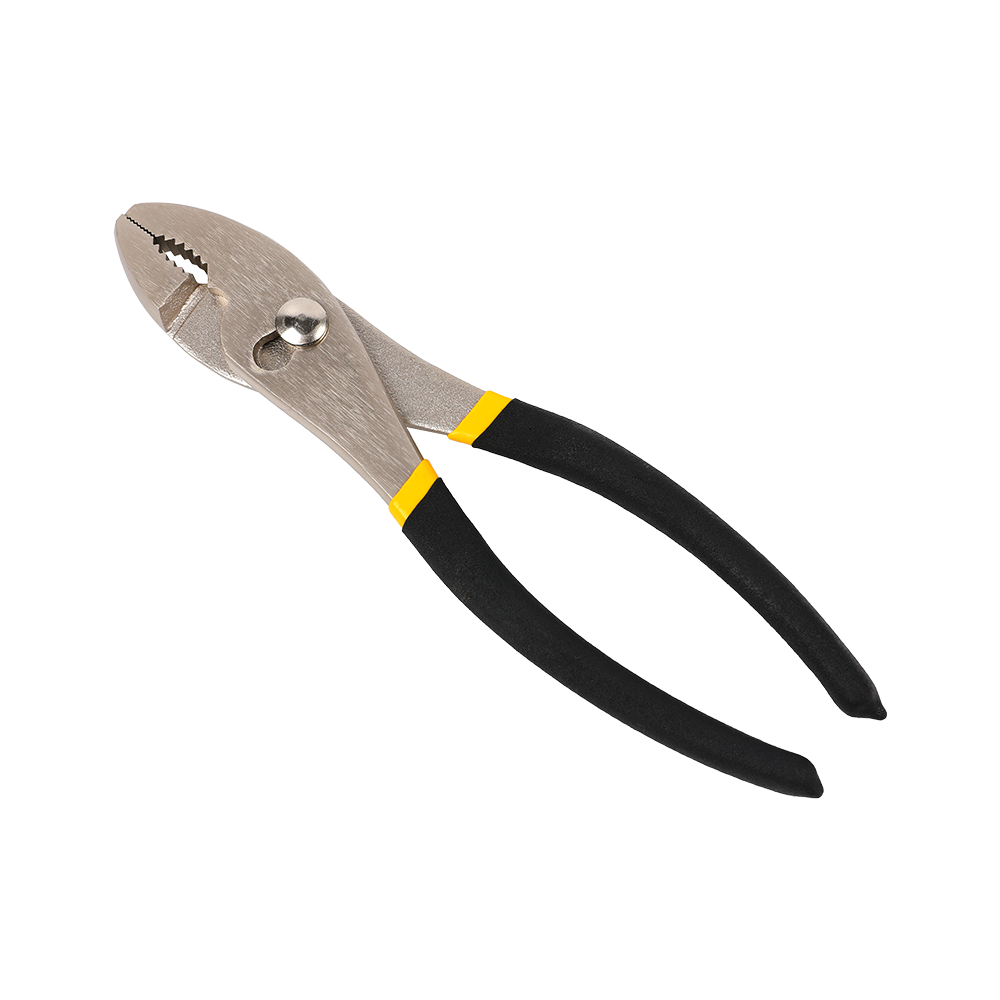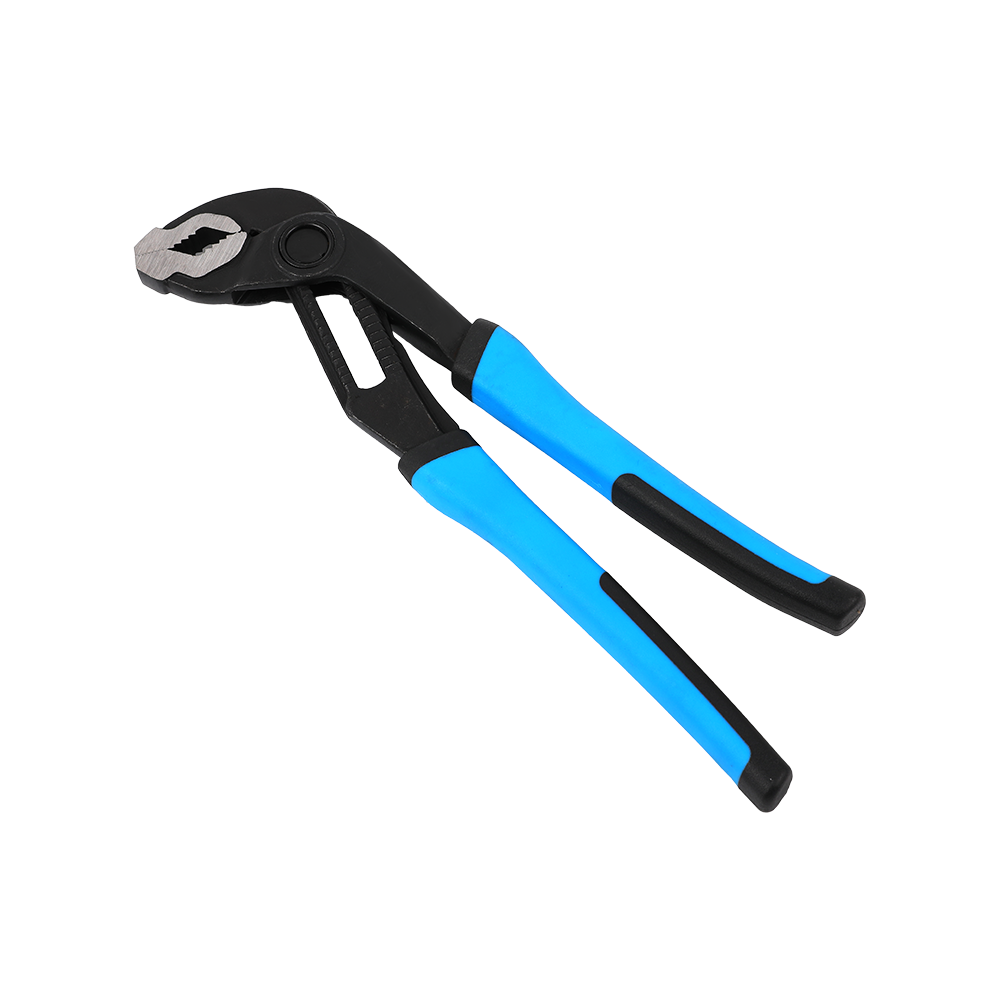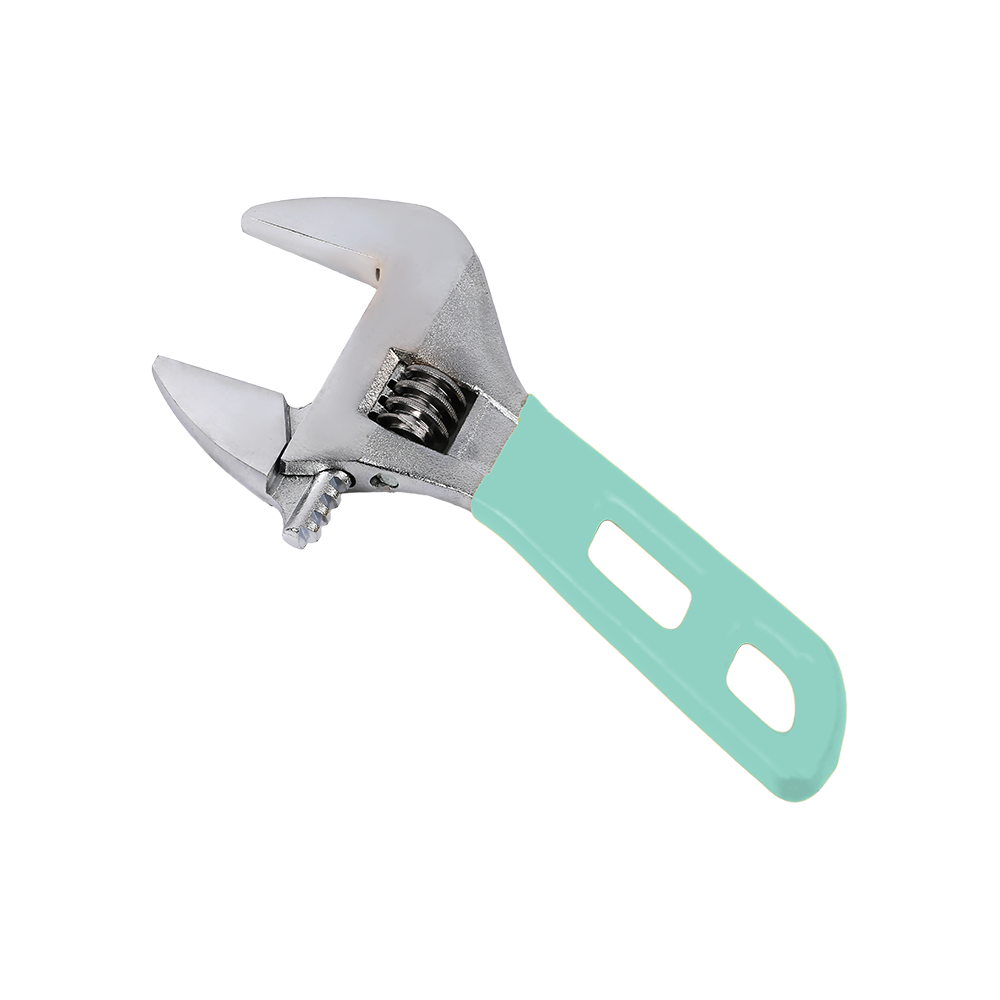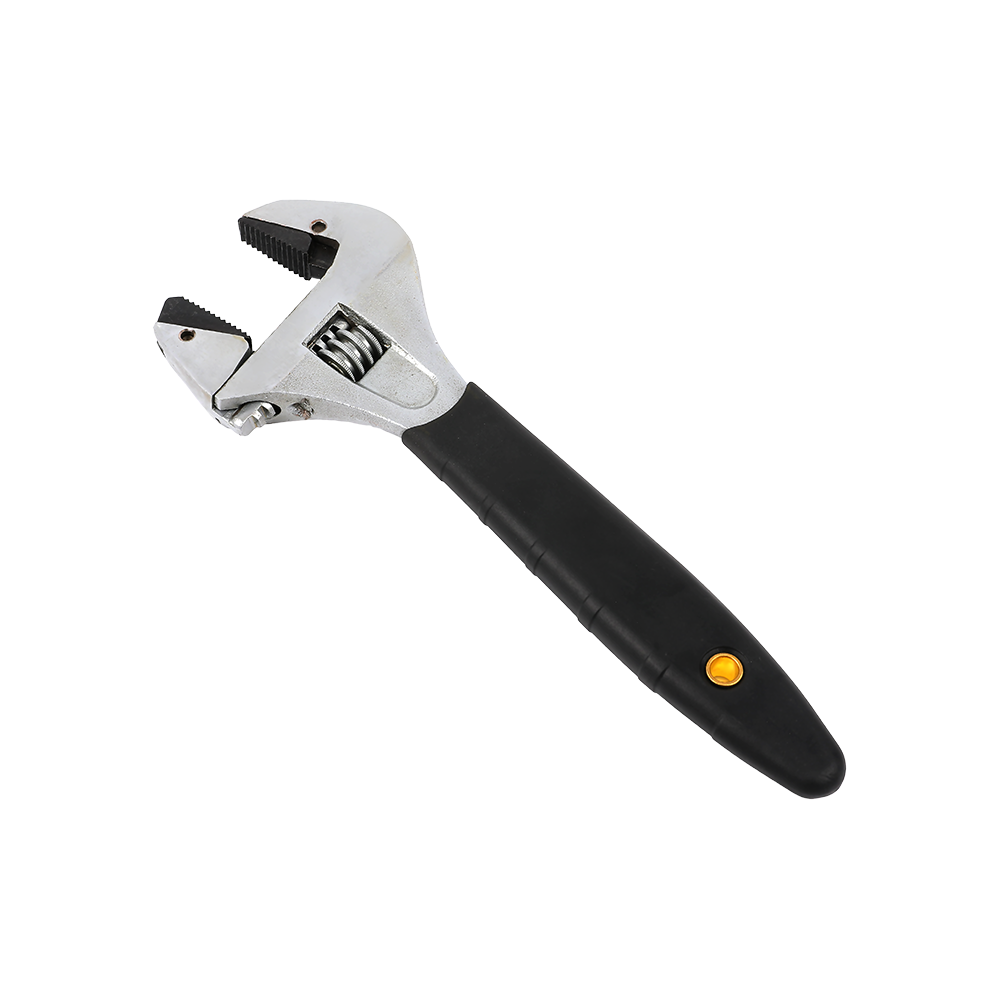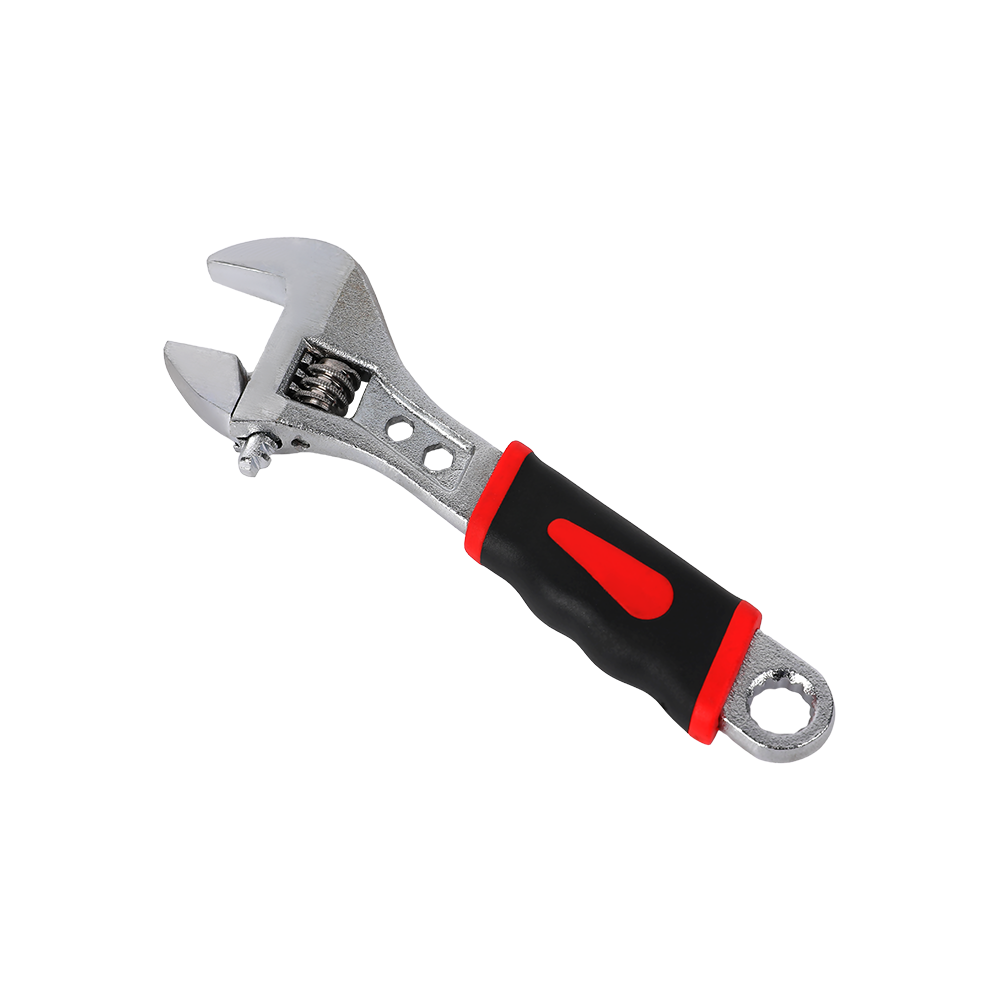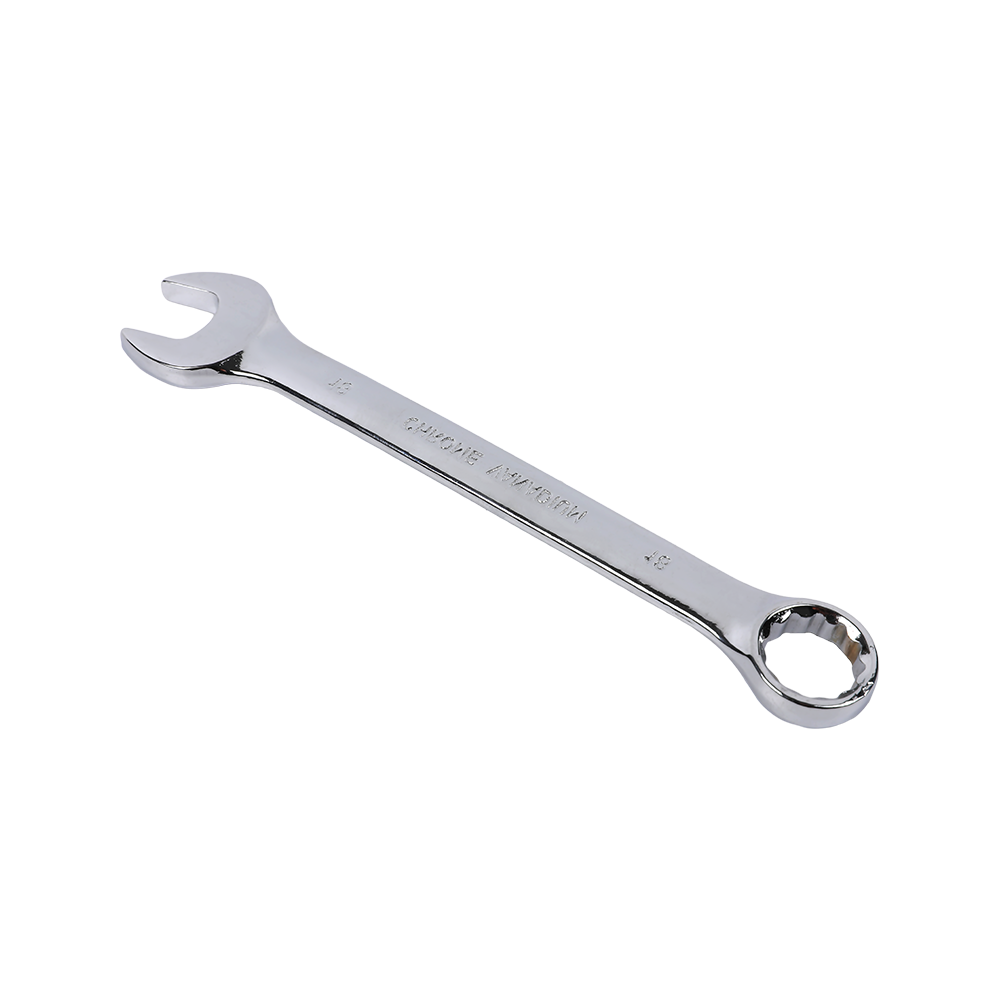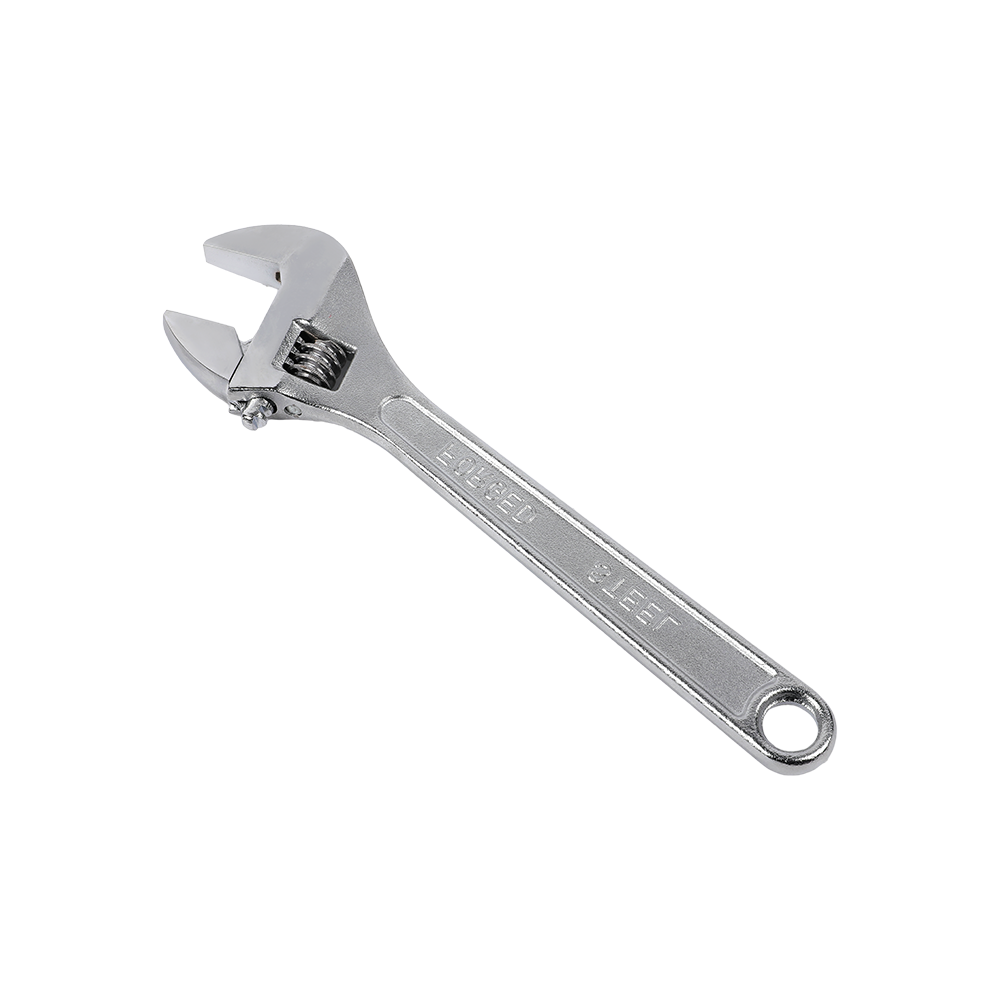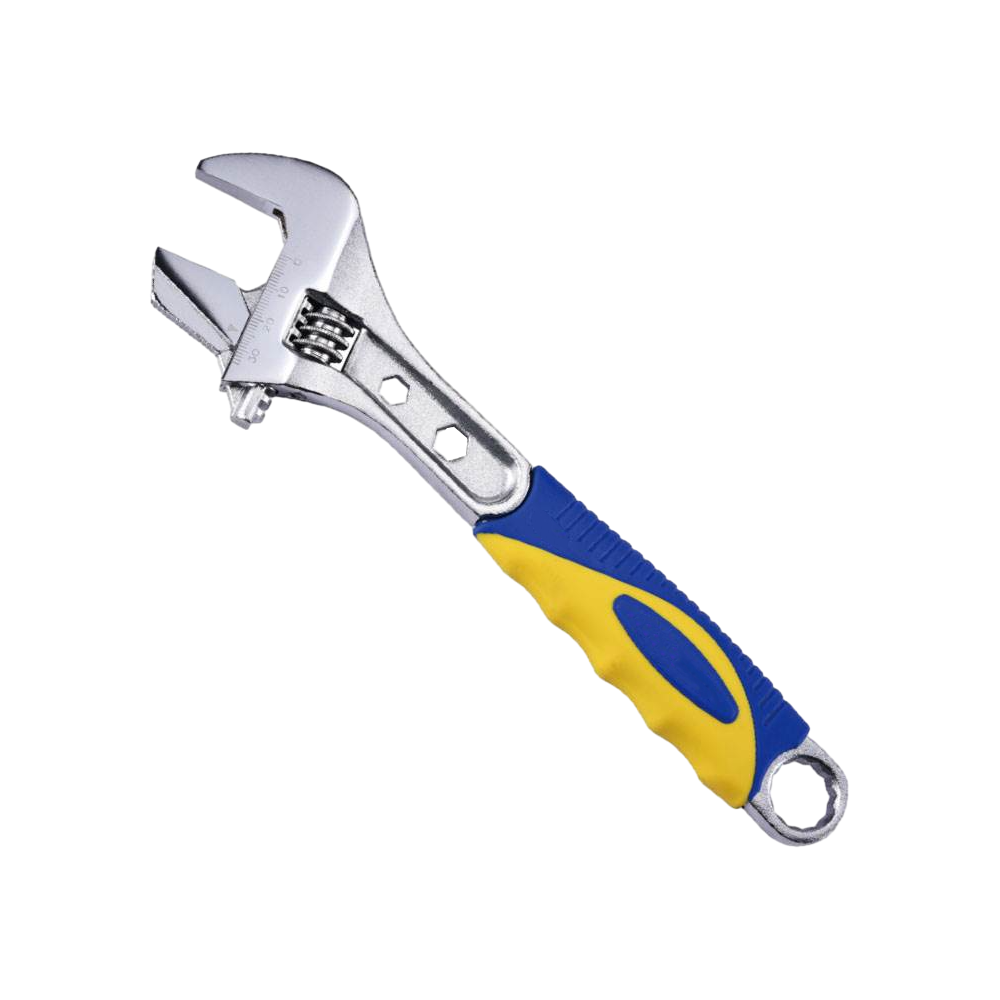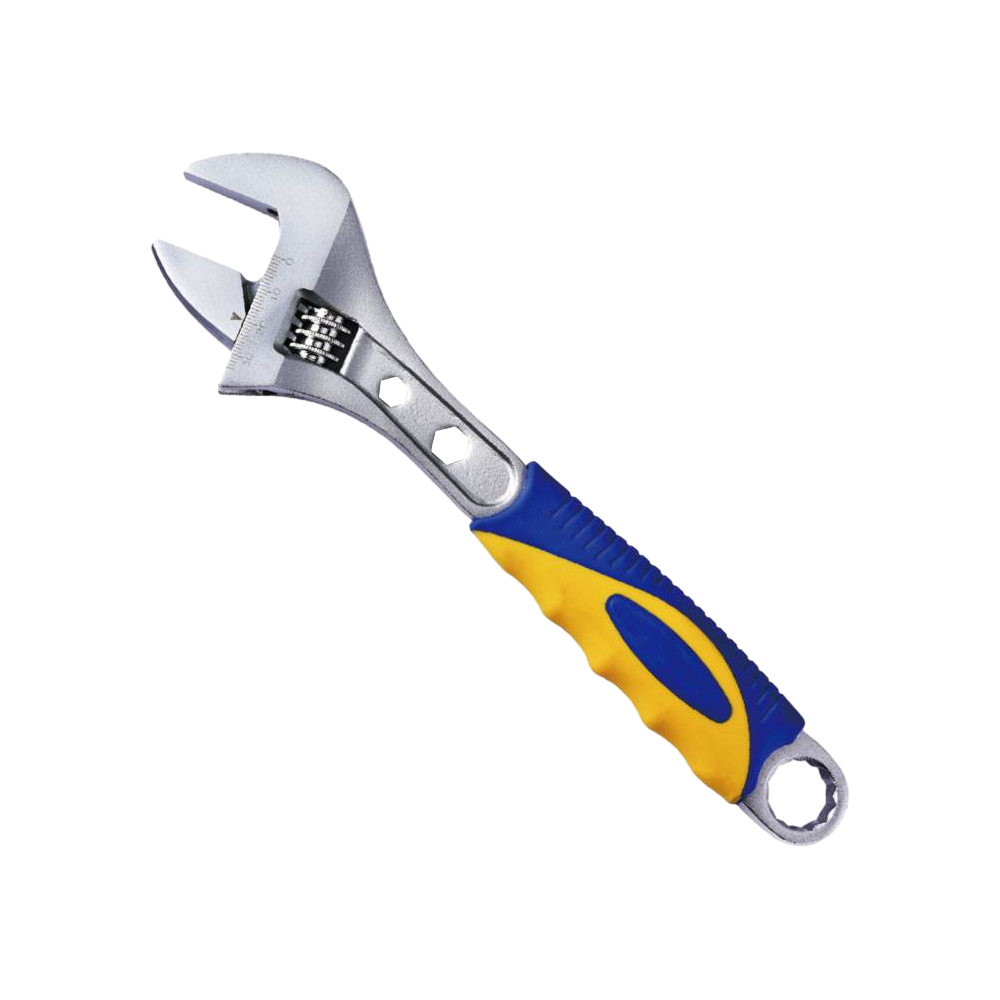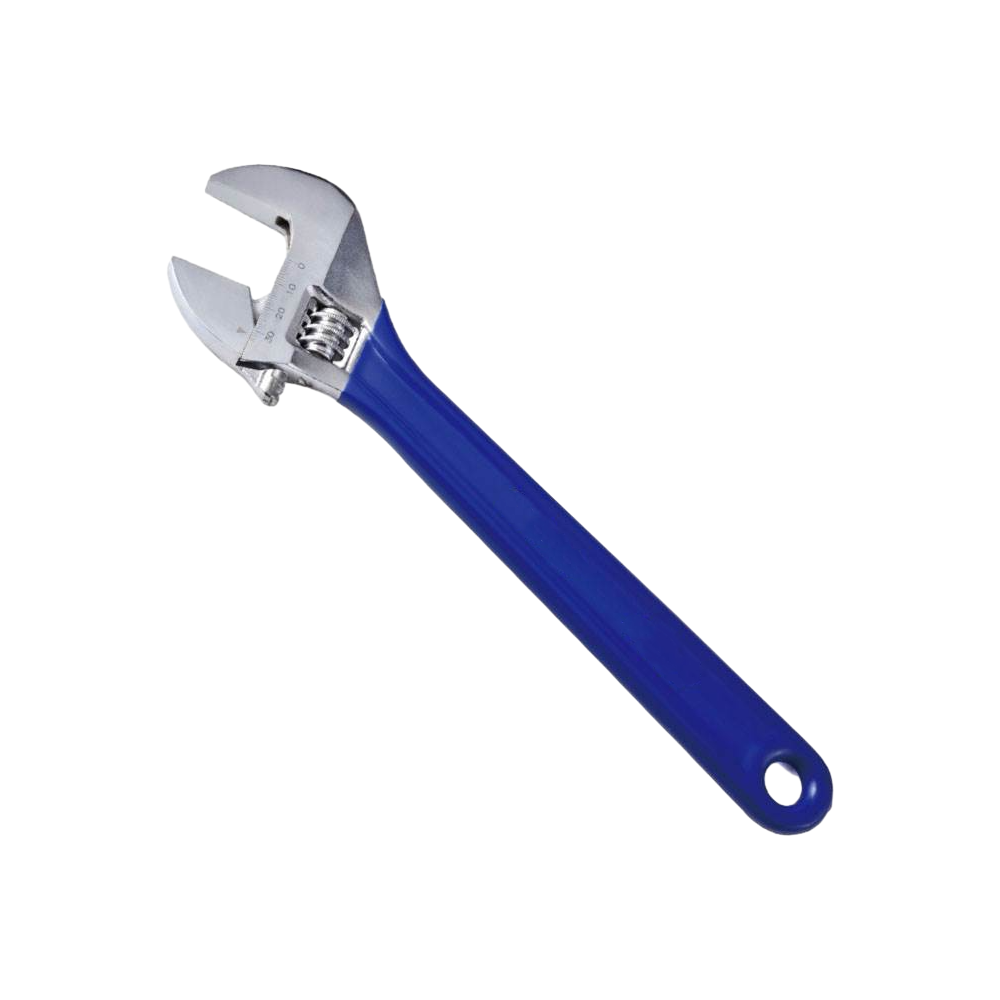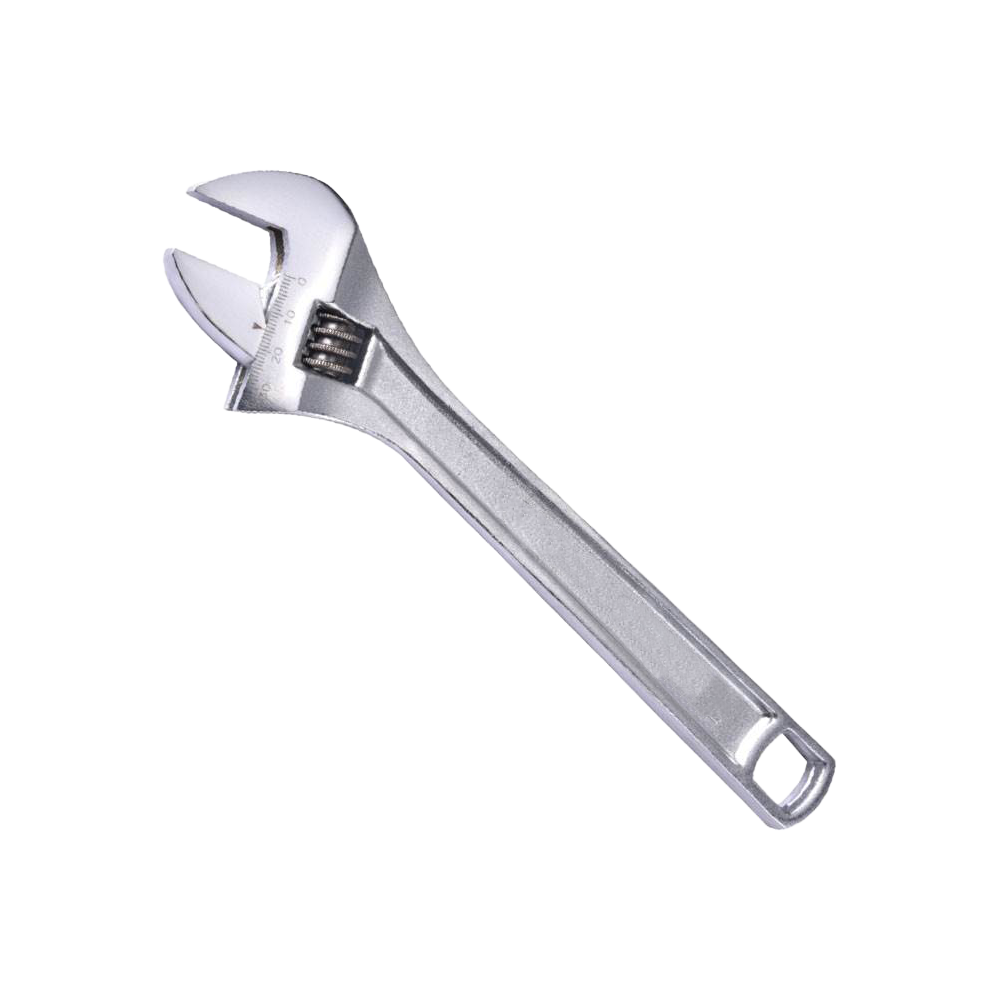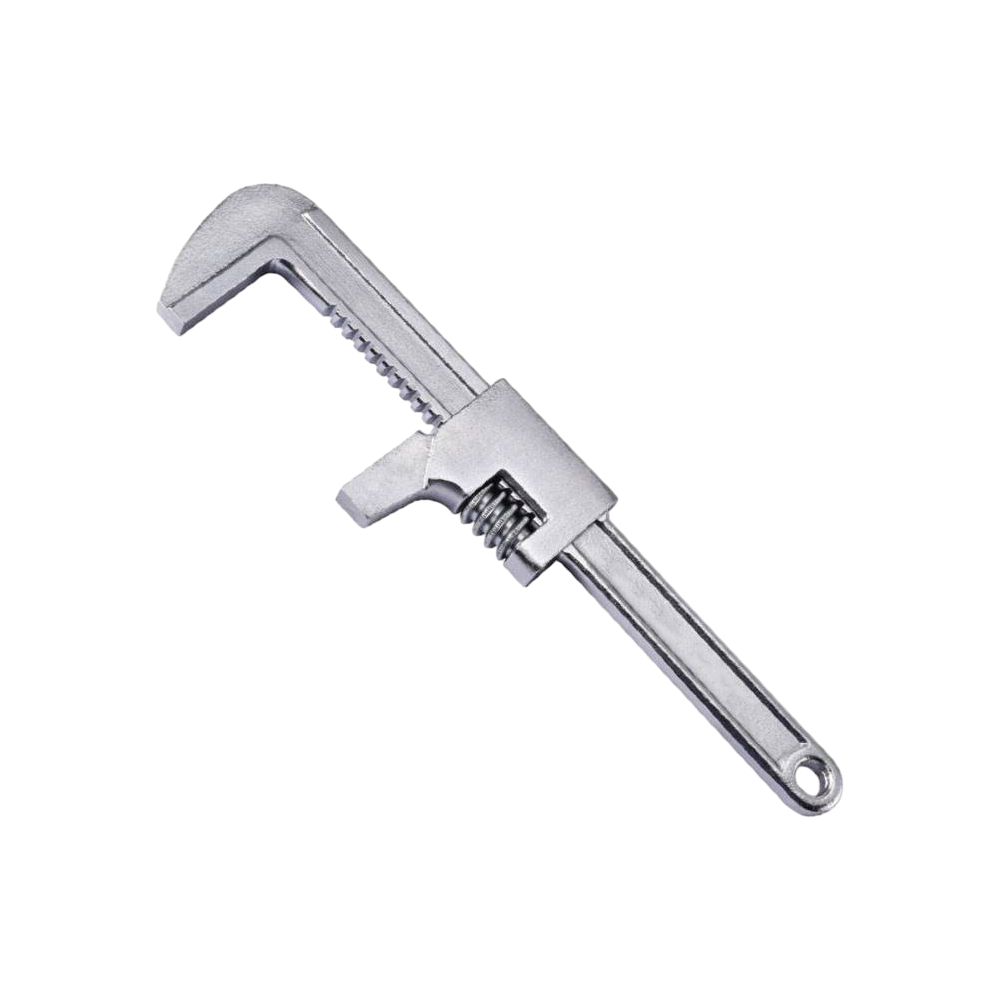The Ultimate Guide to Wrenches: Types, Uses, and How to Choose the Right One
Introduction to Wrenches
Wrenches are fundamental tools that have evolved over centuries, serving as essential implements in both professional and DIY applications. From simple hand repairs to complex industrial assemblies, the wrench plays a critical role in manipulating fasteners and mechanical components. The basic anatomy of a wrench typically consists of a handle for leverage, a head that interacts with the fastener, and, in some designs, a jaw to grip bolts or nuts. Understanding the history and purpose of wrenches helps users appreciate their value in achieving mechanical efficiency and precision.
Wrenches are indispensable across industries such as automotive repair, construction, plumbing, and manufacturing. They enable workers to tighten or loosen fasteners accurately, ensuring the safety and durability of assemblies. For DIY enthusiasts, a quality wrench provides both convenience and control when performing home repairs, furniture assembly, or bicycle maintenance. With a variety of designs tailored to specific applications, choosing the correct wrench ensures both efficiency and safety.
Types of Wrenches
Understanding the different types of wrenches is crucial for selecting the right tool for a given task. Each type of wrench offers unique features suited to specific applications.
Open-End Wrenches
Open-end wrenches feature a U-shaped opening that fits around a fastener. This design allows quick placement and removal on nuts and bolts, making them ideal for spaces where a full rotation is not possible.
Advantages:
Quick engagement with fasteners.
Suitable for tight spaces and repetitive tasks.
Disadvantages:
Higher risk of rounding off corners of bolts.
Limited torque compared to other wrench types.
Common uses include plumbing, light machinery assembly, and automotive repair.
Box-End Wrenches
Box-end wrenches encircle the fastener completely, providing more contact points and reducing the risk of rounding.
Advantages:
Excellent torque application.
Reduced wear on fasteners.
Disadvantages:
Slower to position on a fastener.
Limited accessibility in confined areas.
Box-end wrenches are widely used in automotive and machinery maintenance where precision is critical.
Combination Wrenches
Combination wrenches integrate both open-end and box-end designs, offering versatility in a single tool.
Advantages:
Combines speed of open-end with torque of box-end.
Eliminates the need to switch tools frequently.
Disadvantages:
Slightly heavier than single-function wrenches.
May not fit into extremely tight spaces.
They are suitable for mechanical, automotive, and general repair tasks.
Adjustable Wrenches (Crescent Wrenches)
Adjustable wrenches feature a movable jaw, allowing them to fit multiple fastener sizes. Proper technique is essential to avoid damage to the wrench or fastener.
Advantages:
Flexibility in fitting various fastener sizes.
Reduces the need for multiple wrenches.
Disadvantages:
Less torque compared to fixed-size wrenches.
Improper use can strip fasteners.
Proper Technique: Always pull rather than push the wrench to minimize slippage and apply consistent pressure. Adjustable wrenches are ideal for home repairs, plumbing, and emergency toolkits.
Socket Wrenches and Ratchets
Socket wrenches use detachable sockets that fit over fasteners, coupled with a ratcheting mechanism for efficient rotation.
Standard vs. Metric Sockets: Ensure compatibility with fasteners by choosing the correct measurement system.
Deep vs. Shallow Sockets: Deep sockets access recessed nuts, while shallow sockets provide a compact solution for tight areas.
Socket wrenches excel in automotive repair and machinery maintenance due to their speed and adaptability.
| Socket Type | Best Use Case | Advantages | Disadvantages |
|---|---|---|---|
| Standard Shallow | Surface nuts and bolts | Compact, lightweight | Limited reach |
| Deep Socket | Recessed fasteners | Access hard-to-reach bolts | Heavier, less maneuverable |
| Metric Socket | Metric fasteners | Matches international standards | Not compatible with imperial |
Pipe Wrenches
Pipe wrenches are specialized for plumbing, featuring serrated jaws for gripping round pipes securely. Their design allows users to turn threaded pipes with precision.
Features:
Adjustable jaw width.
Self-tightening mechanism under load.
They are indispensable in pipe installation, repair, and maintenance tasks where gripping cylindrical objects is required.
Torque Wrenches
Torque wrenches ensure fasteners are tightened to exact specifications, preventing damage or failure in critical assemblies.
Types:
Click Torque Wrench – emits a click when the desired torque is reached.
Beam Torque Wrench – uses a calibrated scale to measure torque.
Digital Torque Wrench – provides precise electronic readings.
Torque wrenches are essential in automotive, aerospace, and engineering applications where controlled tightening is critical.
Specialty Wrenches
Specialty wrenches include tools designed for unique fasteners:
Allen Wrenches (Hex Keys) – for hexagonal socket screws.
Torx Wrenches – for star-shaped fasteners.
Flare Nut Wrenches – for hydraulic and brake fittings.
Basin Wrenches – for hard-to-reach plumbing fixtures.
These tools expand the versatility of a wrench collection for specialized tasks.
How to Choose the Right Wrench
Selecting the correct wrench depends on multiple factors:
Consider the Task
Different tasks require different wrench types. For plumbing, pipe wrenches and basin wrenches are optimal. Automotive work often relies on combination, socket, and torque wrenches. Understanding the task ensures efficiency and reduces the risk of damage.
Size and Fit
Selecting the proper size prevents rounding nuts or slipping. Wrenches that are too loose may strip fasteners, while oversized wrenches reduce leverage.
| Fastener Type | Recommended Wrench | Notes |
|---|---|---|
| Hex Bolts | Combination | Ensure snug fit |
| Pipe Fittings | Pipe Wrench | Jaw should grip securely |
| Automotive | Socket Wrench | Match socket to bolt size |
Material and Durability
Durable wrenches are typically made from chrome vanadium steel or alloy steel. Features to look for include:
Corrosion resistance
Hardened jaws for strength
Long-lasting finish for wear resistance
High-quality materials extend the lifespan of the wrench and maintain safety.
Handle Design and Comfort
Ergonomic handles reduce fatigue during extended use. Grip types, such as rubber or textured metal, provide control and minimize slipping. Consider handle length for torque application and space access.
Set vs. Individual Wrenches
Purchasing a wrench set provides versatility and convenience, while individual wrenches may be preferred for specific high-use tasks. Sets often include incremental sizes to handle a wide range of fasteners.
Proper Wrench Usage and Safety Tips
Using a wrench correctly prevents accidents and prolongs tool life.
Using the Right Technique
Pull rather than push when possible.
Apply consistent pressure to avoid rounding nuts.
Safety Precautions
Wear safety glasses to protect against flying debris.
Avoid over-tightening, which can damage both wrench and fastener.
Wrench Maintenance and Storage
Clean and lubricate wrenches regularly.
Store in a dry environment to prevent rust.
Organize by size or type for quick access.
Common Wrench Problems and Solutions
| Problem | Cause | Solution |
|---|---|---|
| Stripped Bolts | Incorrect size or slippage | Use correctly sized wrench, replace bolt |
| Rounded Nuts | Excessive force or wear | Use box-end or socket wrench |
| Wrench Slippage | Improper angle or grip | Adjust position, ensure proper fit |
Conclusion
Wrenches remain fundamental tools across industries and DIY projects. Their variety in type, size, and function allows precise and safe manipulation of fasteners. Selecting the right wrench, using proper techniques, and maintaining the tool are essential for efficiency and longevity. By understanding the characteristics and applications of wrenches, users can achieve results while minimizing risks and tool damage.
A well-chosen wrench, coupled with proper use, ensures that both professionals and DIY enthusiasts can tackle mechanical challenges with confidence and precision.
-
Feedback
 English
English русский
русский Español
Español
